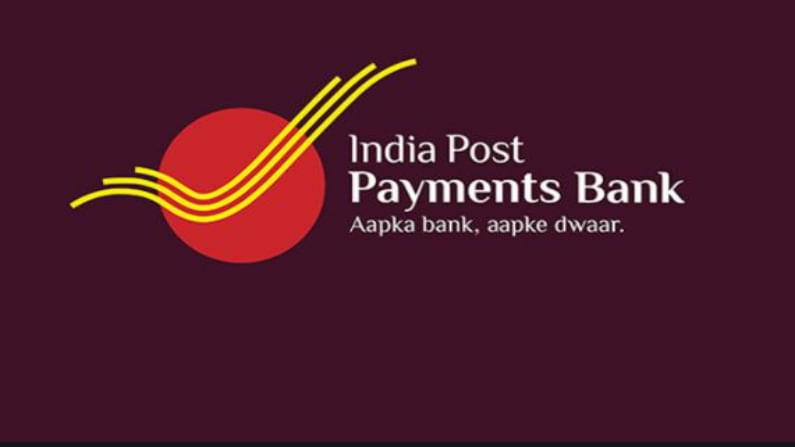Indian Post Payments Bank: Here’s all you need to know
People living in metro cities may not see IPPB as a great option but for villagers residing in remote parts of the country, it can be a gamechanger in terms of financial inclusion

Backed by the country’s post offices, Indian Post Payments Bank (IPPB) has an enormous network of 1.55 lakh post offices with over 3 lakh employees who aim to provide doorstep banking services to customers across India.
But before jumping to the details of IPPB, let us first understand the meaning of payments bank.
What is a payments bank?
Conceptualised by the Reserve bank of India (RBI), payments bank accept current and savings deposit up to Rs 1,00,000. Such banks cannot issue loans or credit cards but it does offer ATM or debit cards and internet banking services too. Individuals as well as organizations can make demand deposits and bank deposits in payments bank.
These banks, however, don’t support recurring or fixed deposits. It also cannot accept NRI deposits.
What is IPPB?
India Post Payments Bank was set up under the Department of Post, Ministry of Communication with 100% equity owned by the Centre. It was launched as a pilot project in Ranchi (Jharkhand) and Raipur (Chhattisgarh) on January 30, 2017 and has expanded since then across India covering post offices, through a network of 650 IPPB branches working on a hub and spoke model.
IPPB’s mission as quoted on the website reads, “Spearheading financial inclusion by removing barriers and reducing costs for accessing banking services”.”
Features of IPPB?
- Zero balance savings account can be opened
- Money transfer simple, secure and instant
- Direct Benefit Transfer for MGNREGA and government scholarships
- Interest rate of 2.75% p.a. on EOD daily balances, paid quarterly
- No monthly average balance required to be maintained
- Free monthly e-statement
- Accessibility (1,36,078 Post Offices across urban and rural India, activated as banking access points)
Why choose IPPB?
The primary aim behind setting up IPPB was inclusion of rural India into the formal banking culture. The World Bank’s FINDEX 2017 report listed reasons such as – lack of enough money and documents to open a bank account, cost of travelling to a bank and general distrust in the financial system as primary factors that kept a large part of rural India away from availing banking services.
IPPB can solve a few of these problems as it allows you to open an account with zero balance and provides its facilities at the customer’s doorstep. There is also a sense of familiarity with post offices in the rural hinterland.
People living in metro cities may not see IPPB as a great option but for villagers residing in remote parts of the country, it can be a gamechanger in terms of financial inclusion.
Download Money9 App for the latest updates on Personal Finance.
Related
- Post offices find shelter in rural India as cities space them out
- Post office: 36.80 crore post office savings bank accounts opened in seven years
- Post office schemes that beat bank interest rates
- Eight investment options that can help you meet long-term goals without capital risk
- Rural Postal Life Insurance scores with low premium, check other details
- Post Office employee union urges government to reduce strength in offices as Covid-19 cases rise

